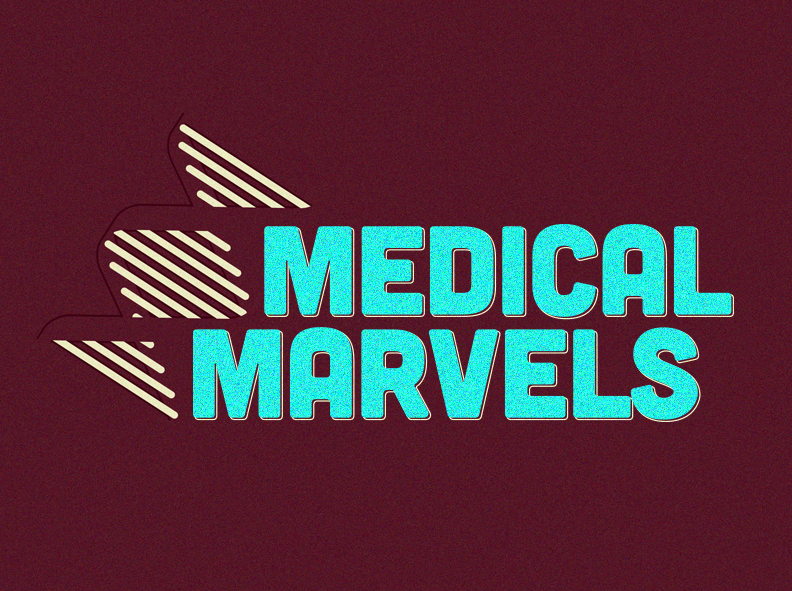The confluence of laser technology, linear accelerators (linacs), and pulmonary medicine renders a captivating tableau that underscores both the profundity of physics and the intricate tapestry of human health. As we scrutinize this triad, it becomes evident that each component holds a singular fascination, transcending mere functionality to evoke deeper inquiries into the nature of healing and the role of advanced technologies in contemporary medicine. This exploration unveils the mechanisms by which lasers, linacs, and lung therapies converge, propelling the frontiers of healthcare toward unprecedented horizons.
1. Foundations of Laser Technology
Lasers, acronym for Light Amplification by Stimulated Emission of Radiation, are distinctive in their ability to produce coherent monochromatic light. Their utilization in the medical realm is emblematic of the symbiosis between physics and health science. Medical lasers, meticulously engineered for precision, have transformed a multitude of procedures, particularly in fields such as ophthalmology, dermatology, and oncology. The capacity to target specific tissues while preserving adjacent structures elucidates the remarkable specificity of lasers in therapeutic interventions.
As one delves deeper, the optical properties of lasers reveal an intricate relationship with fundamental physics principles. The interaction of laser light with biological tissues is predominantly a function of absorption and scattering, phenomena that are intricately governed by the wavelength of the emitted light. Different tissues exhibit disparate absorption spectra, and this variability offers clinicians the leeway to select lasers tailored to achieve optimal therapeutic outcomes.
2. Linear Accelerators: Engineering Precision
The advent of linear accelerators revolutionized cancer treatment, epitomizing the prowess of applied physics in medical therapies. These devices, which utilize electromagnetic fields to propel charged particles, deliver high-energy radiation with remarkable accuracy. The quintessential application of linacs in radiation therapy allows practitioners to target neoplastic cells while minimizing collateral damage to surrounding healthy tissues.
Central to the efficacy of linacs is the concept of conformal therapy, wherein the radiation dose is meticulously sculpted to the three-dimensional shape of the tumor. Advanced imaging modalities, such as computed tomography (CT) scans and magnetic resonance imaging (MRI), integrate seamlessly with linacs to facilitate real-time monitoring and adjustments during treatment. The result is a harmonization of technology and therapeutic finesse that exemplifies the quintessence of modern oncological care, eliciting both awe and respect for the scientific engineering that underpins such innovation.
3. The Lungs: A Delicate Balance
The lungs, vital organs engaged in gas exchange, also occupy a prominent space in the narrative of medical advances, particularly concerning respiratory disorders and thoracic interventions. Conditions such as chronic obstructive pulmonary disease (COPD), asthma, and lung carcinoma have myriad implications on public health, manifesting the necessity for innovative therapeutic approaches. Here, the synergy between lasers and advanced imaging techniques emerges as pivotal in targeting lung diseases.
Laser applications in pulmonology are not limited to diagnostic purposes. For instance, the utilization of laser therapies in bronchoscopic treatments showcases their capacity to ablate obstructive tissues, thus ameliorating airway patency. Such interventions, characterized by their minimally invasive nature, accentuate the elegance of laser technology in transforming traditional approaches to lung-related ailments. The concept of precision medicine—whereby treatments are tailored to the individual’s genetic make-up and phenotypic traits—further integrates with lung health, ushering in a new era of targeted therapies.
4. Interdisciplinary Confluence: The Future of Pulmonary Medicine
The interplay between laser technology, linear accelerators, and lung therapies reflects a broader trend toward interdisciplinary collaboration in medicine. As specialists in various fields converge, the synthesis of knowledge yields novel insights into complex health challenges. This symbiotic relationship not only enhances therapeutic outcomes but also enriches the diagnostic repertoire available to clinicians.
Moreover, ongoing research into the development of next-generation lasers and accelerators promises to elevate the state of care to unprecedented levels. Innovations such as proton therapy and targeted radioluminescence offer tantalizing prospects, potentially reducing the side effects associated with conventional therapies while improving tumor control rates. Furthermore, the integration of artificial intelligence and machine learning algorithms into imaging and treatment planning augments decision-making processes, facilitating a paradigm shift in pulmonary treatment strategies.
5. Ethical Considerations and Patient-Centric Focus
As the capabilities of laser technology and linac systems advance, ethical considerations become paramount. The balance between innovation and patient welfare necessitates rigorous scrutiny to ensure that emerging therapies adhere to established safety standards. A patient-centric focus should underpin all developments, ensuring that the benefits of technological advancements are accessible and equitable.
Furthermore, informed consent practices must evolve concomitantly, allowing patients to make educated decisions about their treatment options. This entails transparent communication regarding potential risks and benefits associated with cutting-edge interventions—an essential component in fostering trust between healthcare providers and patients.
Conclusion: The Marvels of Medicine
The awe-inspiring progression of laser technologies, linear accelerators, and targeted therapies showcases the capacity of physics to revolutionize medicine. Each element not only stands alone in its technical prowess but also forms part of a greater narrative—one that embodies the quest for healing and the relentless pursuit of human welfare. In traversing the worlds of lasers, linacs, and lungs, we glimpse not just the marvels of modern medicine, but also the boundless possibilities that lie ahead in the synthesis of technology and the sacred art of healing.












